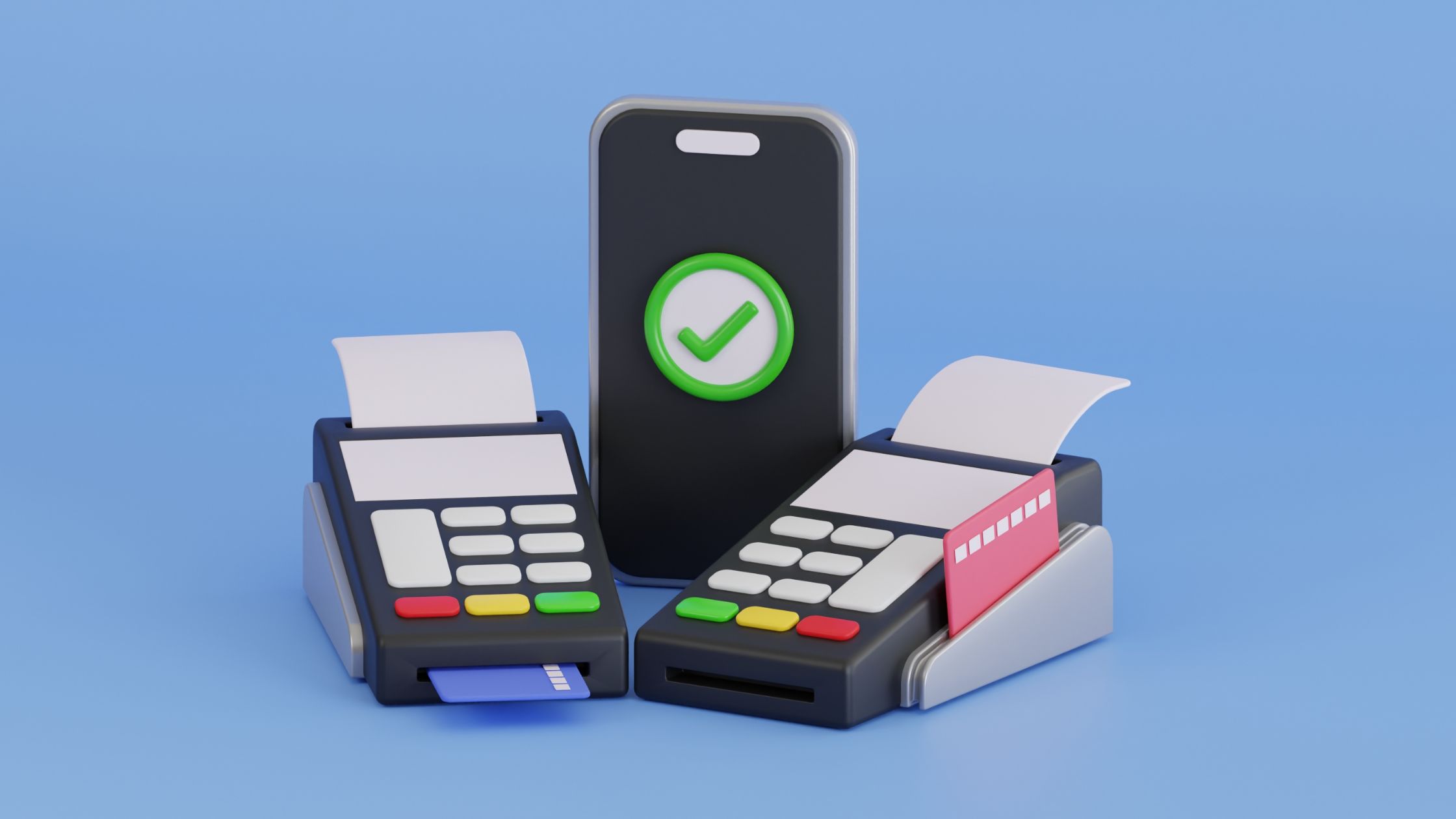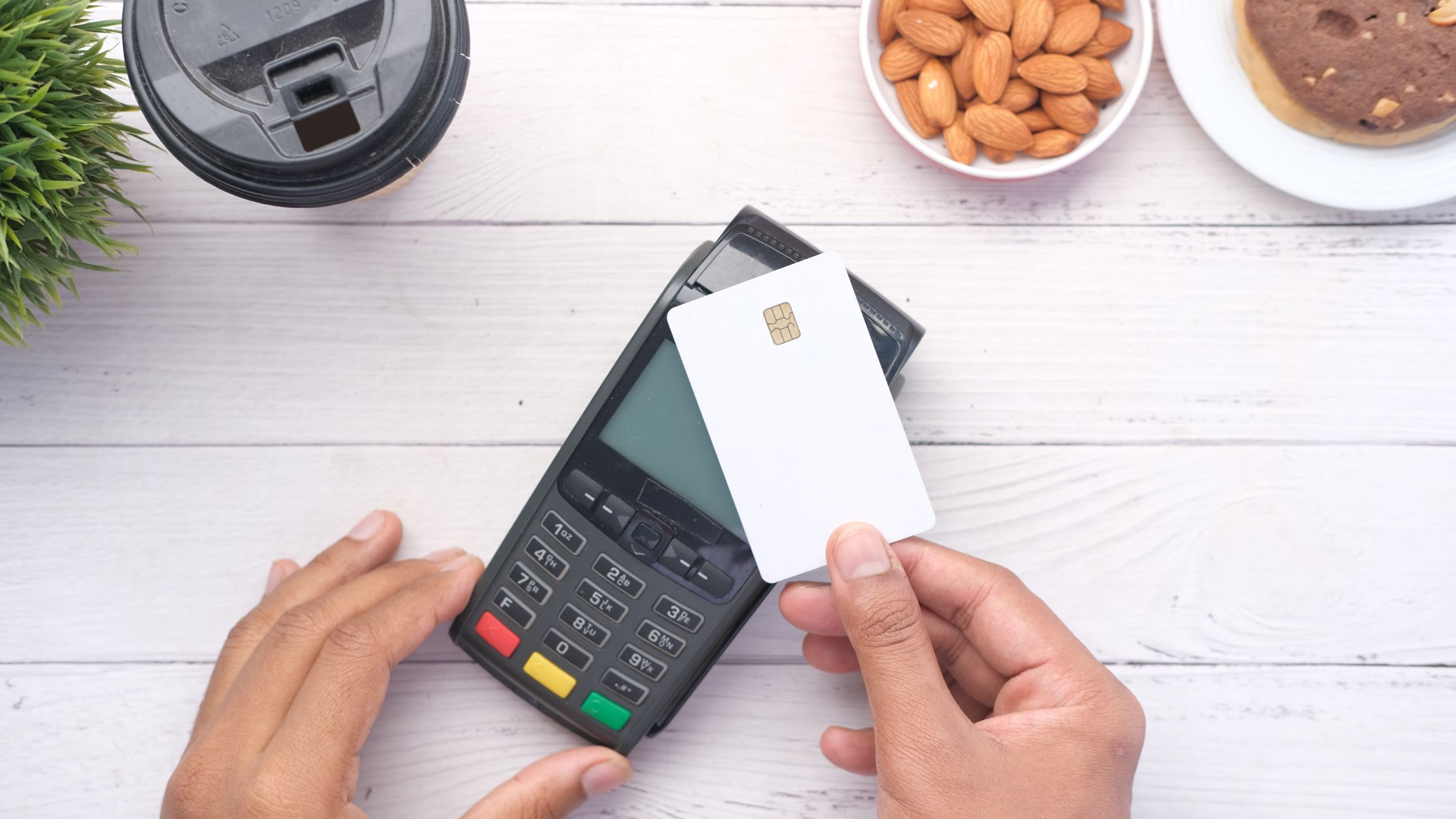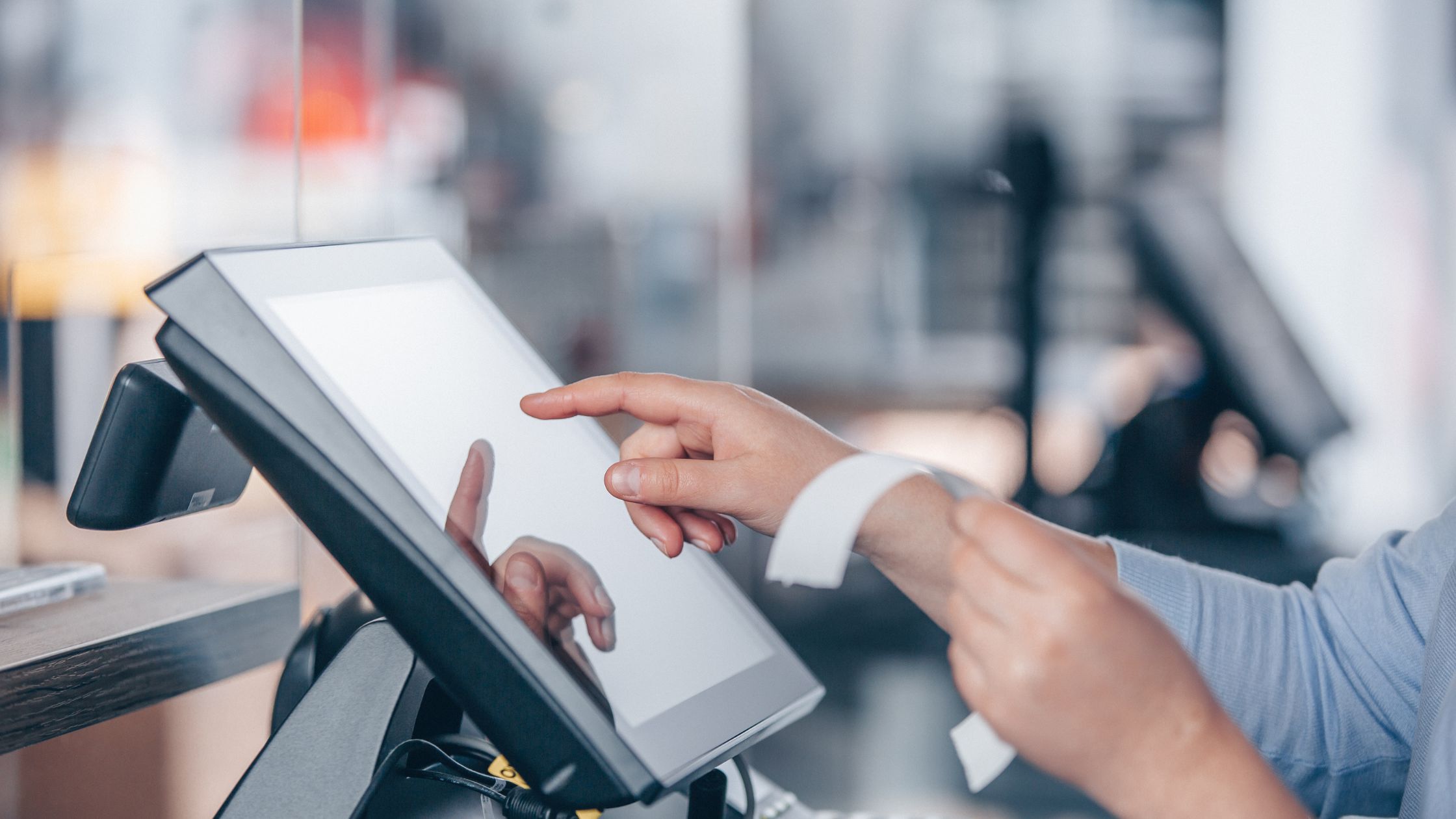In today’s fast-moving retail and food service environment, choosing the right POS setup is more important than ever. Businesses need a system that handles orders, tracks inventory, manages staff, and enhances the customer experience. This article looks at the types of POS systems, explains what each type offers, and highlights how Floreant POS features fit different business needs. Here’s what we’ll cover:
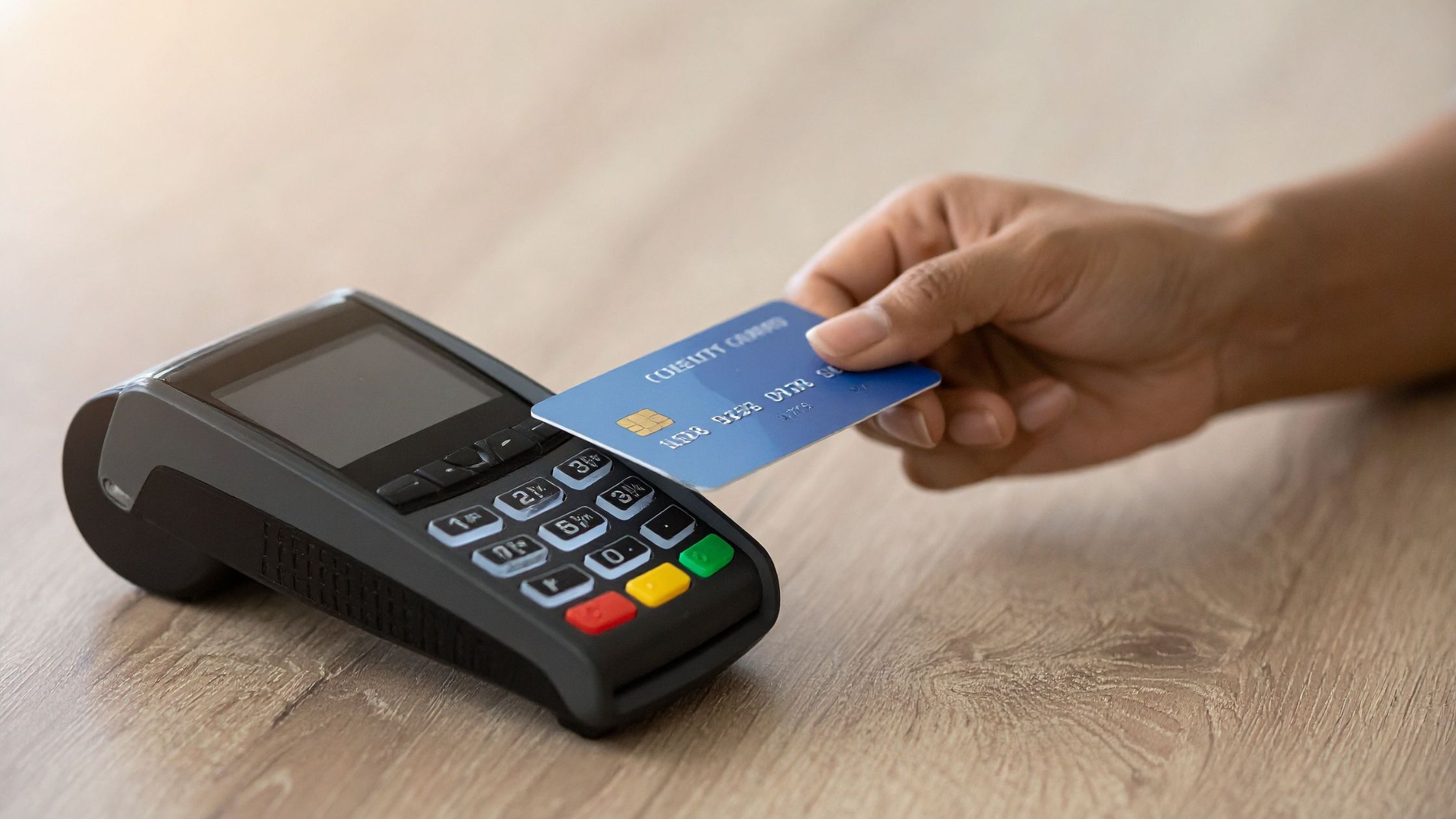
1. What Are the Types of POS Systems?
The term “types of POS systems” describes the various combinations of hardware and software that handle sales, payments, inventory, and customer interactions. Each type is designed to fit different business needs. Similarly, “POS system types” groups these variations based on factors like device type, deployment method, or available features. Understanding both terms makes it easier to choose the right system for your workflow, staff, and overall business operations. Learn more about Point of sale software companies.
2. POS System Types & Best Working Conditions
Here’s a clear look at the most common POS system types and where they work best:
A. Traditional / Terminal POS
Classic setups with fixed hardware such as cash drawers, barcode scanners, and receipt printers. These are reliable for stores or restaurants with stable, everyday operations.
B. Tablet POS
Uses iPads or Android tablets as terminals. They are portable, easy to set up, and ideal for cafés, small shops, or pop-up locations.
C. Mobile POS
Runs on smartphones or handheld devices, making it perfect for food trucks, delivery teams, or retail stores that need on-the-go sales.
D. Self-Service Kiosk
Touchscreen stations let customers place orders and pay without staff assistance. Best suited for fast-food restaurants, cinemas, or busy retail environments.
E. Cloud-Based POS
Stores data and applications in the cloud, allowing remote access, automatic updates, and syncing across multiple locations. Great for businesses with multiple outlets or managers who want oversight from anywhere.
F. Open-Source POS
Fully customizable software with accessible source code, enabling businesses to tailor workflows, add plugins, and operate offline. Ideal for companies needing flexibility and full control over features.
3. Core Features Across POS System Types
No matter which types of POS systems you choose, some features are essential for smooth operations.
- Offline Operation – Works even without internet and automatically syncs data when back online.
- Inventory Management – Track stock, link orders or menu items to ingredients, and generate reports easily.
- Table Management / Floor Plans – Helps restaurant staff seat guests, split checks, and manage tables efficiently.
- Order Management – Supports kitchen printers, order modifiers, tax settings, and receipt or bill printing.
- Multi-Platform Compatibility – Runs on Windows, Mac, and Linux, and works with hardware like touchscreens, printers, and cash drawers.
These features demonstrate how a single POS solution can meet the needs of different POS system types depending on how it’s configured.
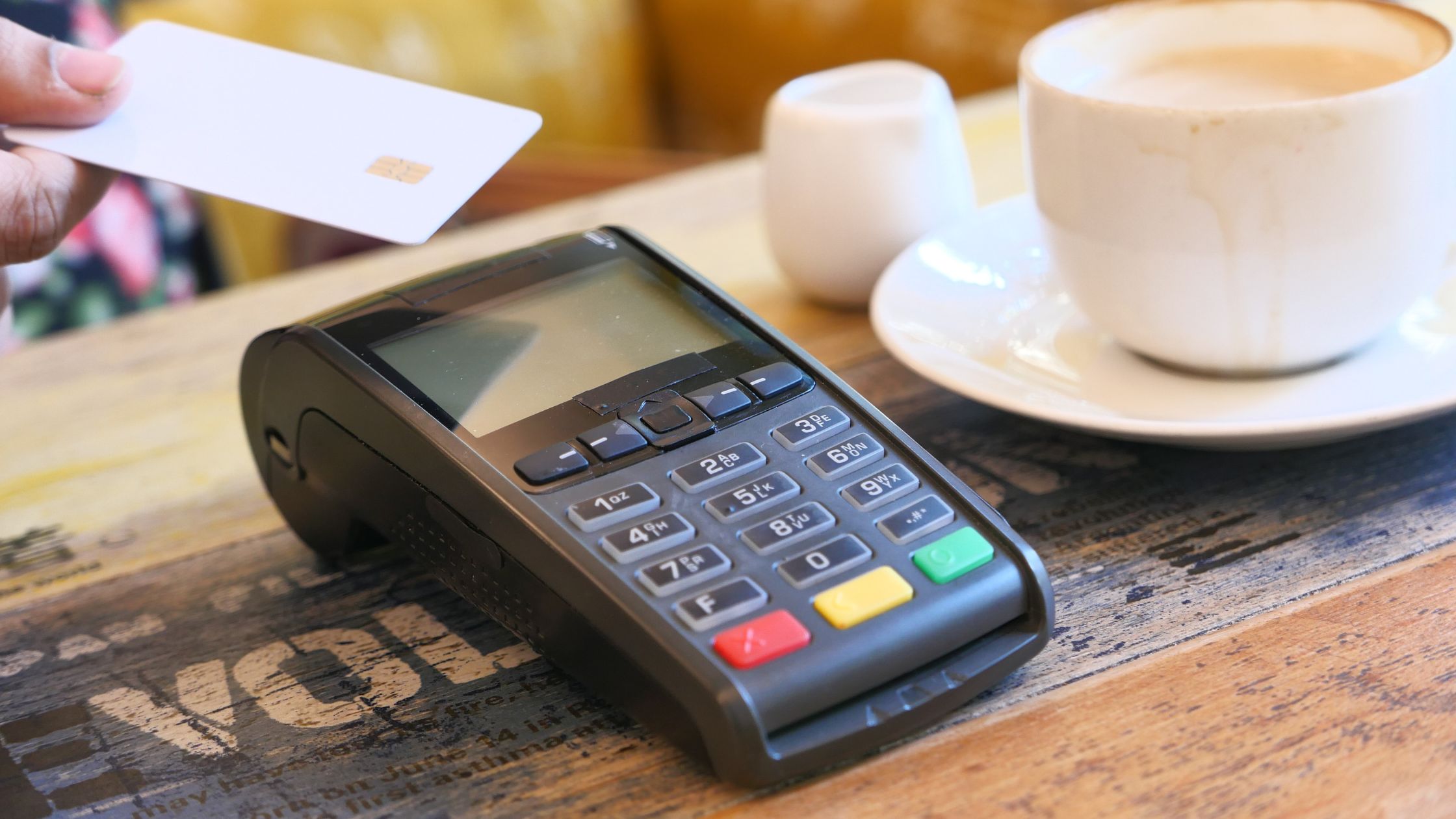
4. Advantages of Different POS System Types
Here’s a practical look at the main POS system types, along with their benefits and things to keep in mind:
- Traditional / Terminal POS – Extremely reliable and stable, working without tablets or mobile devices. However, it has limited mobility and takes up more space, with some maintenance required.
- Tablet POS – Portable, user-friendly, and lightweight, making it easy to set up. You’ll need to manage battery life, protect the screens, and consider size limitations.
- Mobile POS – Offers maximum flexibility, letting staff process sales anywhere in the store or on the go. Connectivity and compatibility with peripherals can sometimes be a challenge.
- Self-Service Kiosk – Helps reduce staff workload and speeds up customer service. Initial setup and user experience design are crucial, and ongoing maintenance may be needed.
- Cloud-Based POS – Provides centralized data, remote access, and simple updates. It depends on a reliable internet connection and requires attention to security and data protection.
- Open-Source POS – Fully customizable and adaptable to unique workflows. It requires technical knowledge and internal support to set up, maintain, and implement changes effectively.
5. How to Pick the Right POS System Type for Your Business
To choose the right POS system type for your business, consider these steps:
I. Know Your Business Model
Are you running a fixed-counter retail store, a mobile food truck, or a mix of online and in-store operations? Your setup will influence which types of POS systems fit best.
II. List the Features You Need
Think about inventory management, table layouts, order modifiers, offline operation, and other key functions. Some POS types include these by default, while others may need plugins or extensions.
III. Check Hardware Compatibility
Decide whether you prefer tablets, dedicated terminals, mobile devices, or kiosks. Make sure the system supports peripherals like printers, cash drawers, and scanners.
IV. Consider Connectivity and Environment
If your internet is unreliable, an offline-capable or on-premises system works better. Cloud-based systems are ideal if you need remote access and multi-location syncing.
V. Plan for Growth
If you expect to expand to multiple locations, choose a POS system type that handles multi-site inventory, centralized reporting, and remote management.
VI. Think About Customization and Control
If you want custom workflows, local data ownership, or offline functionality, open-source POS systems like Floreant provide the flexibility you need.
VII. Review Support and Community
Ensure the system offers reliable support, regular updates, and a strong user community. Open-source solutions benefit from an active developer community that can help you implement changes.
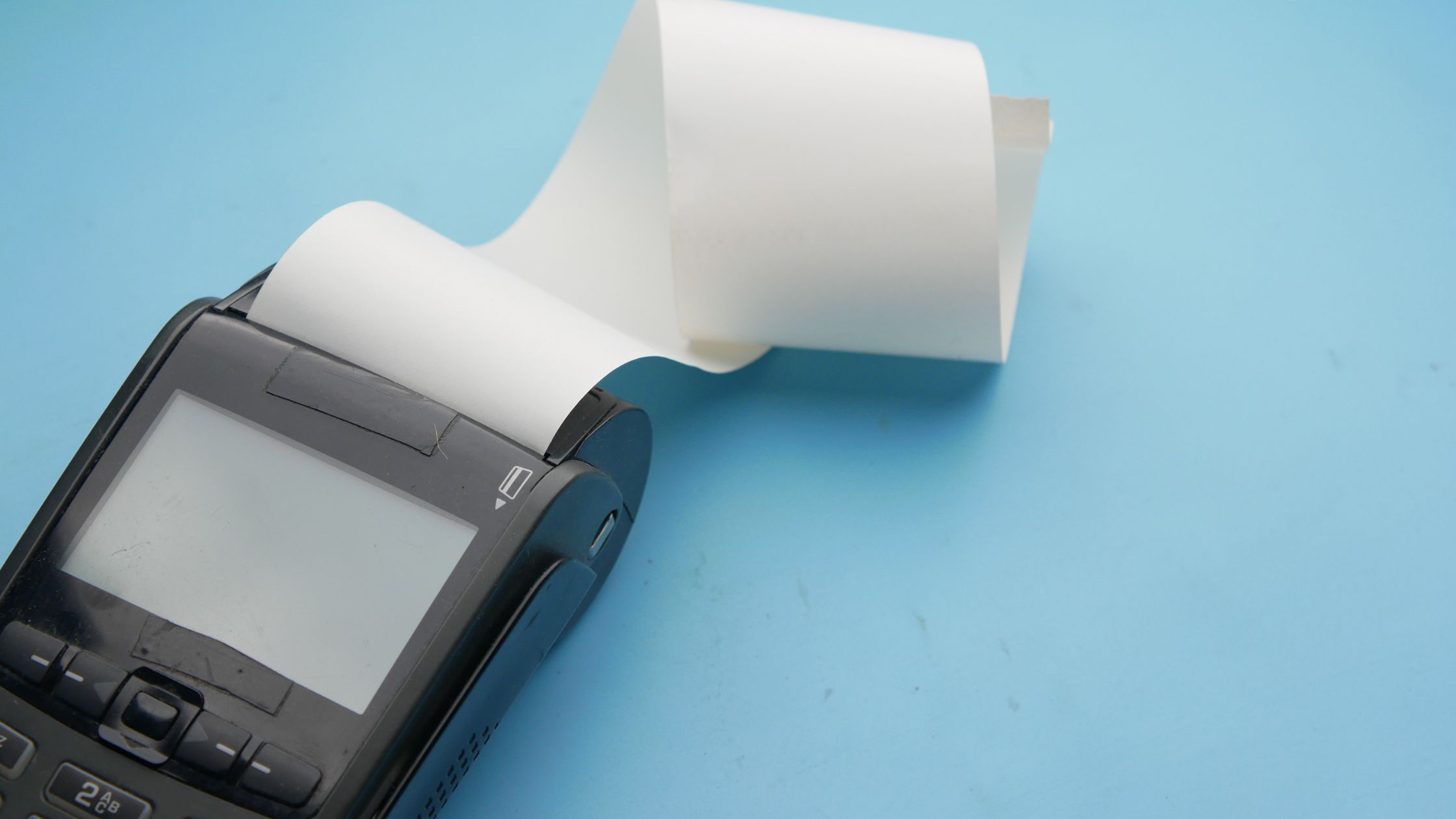
6. Conclusion
The types of POS systems you choose directly affect how efficiently your daily operations run. Each type comes with its own advantages and trade-offs: terminal systems provide stability, tablet and mobile systems offer flexibility, and open-source solutions allow deep customization.
For businesses that need a versatile POS—especially restaurants or multi-location retailers—Floreant POS stands out. It supports multiple POS system types, works offline, integrates with hardware terminals, offers inventory management, table service, order modifiers, and supports plugins or extensions for added flexibility. For more details, explore Floreant POS and see how it can fit your business needs.

